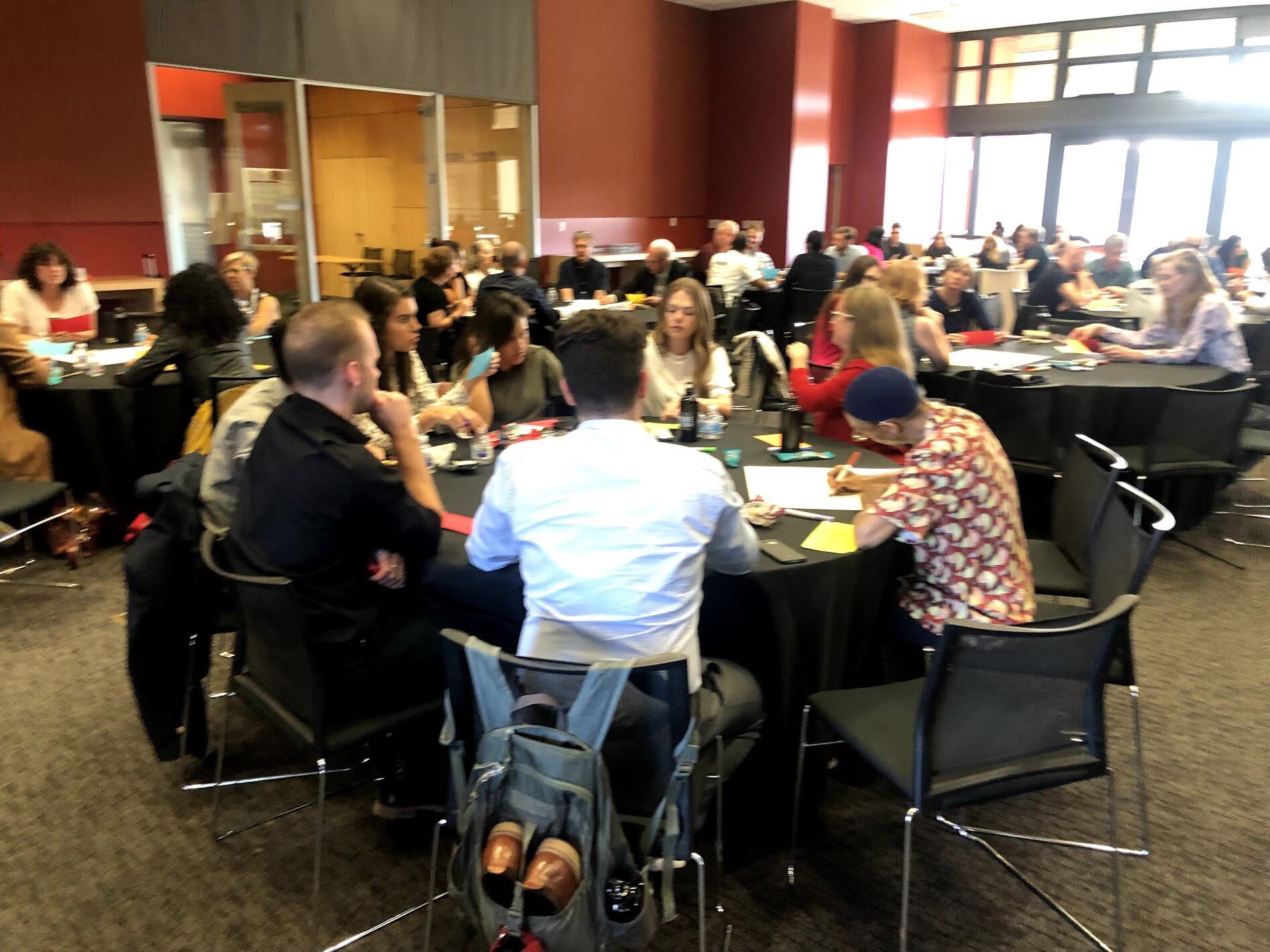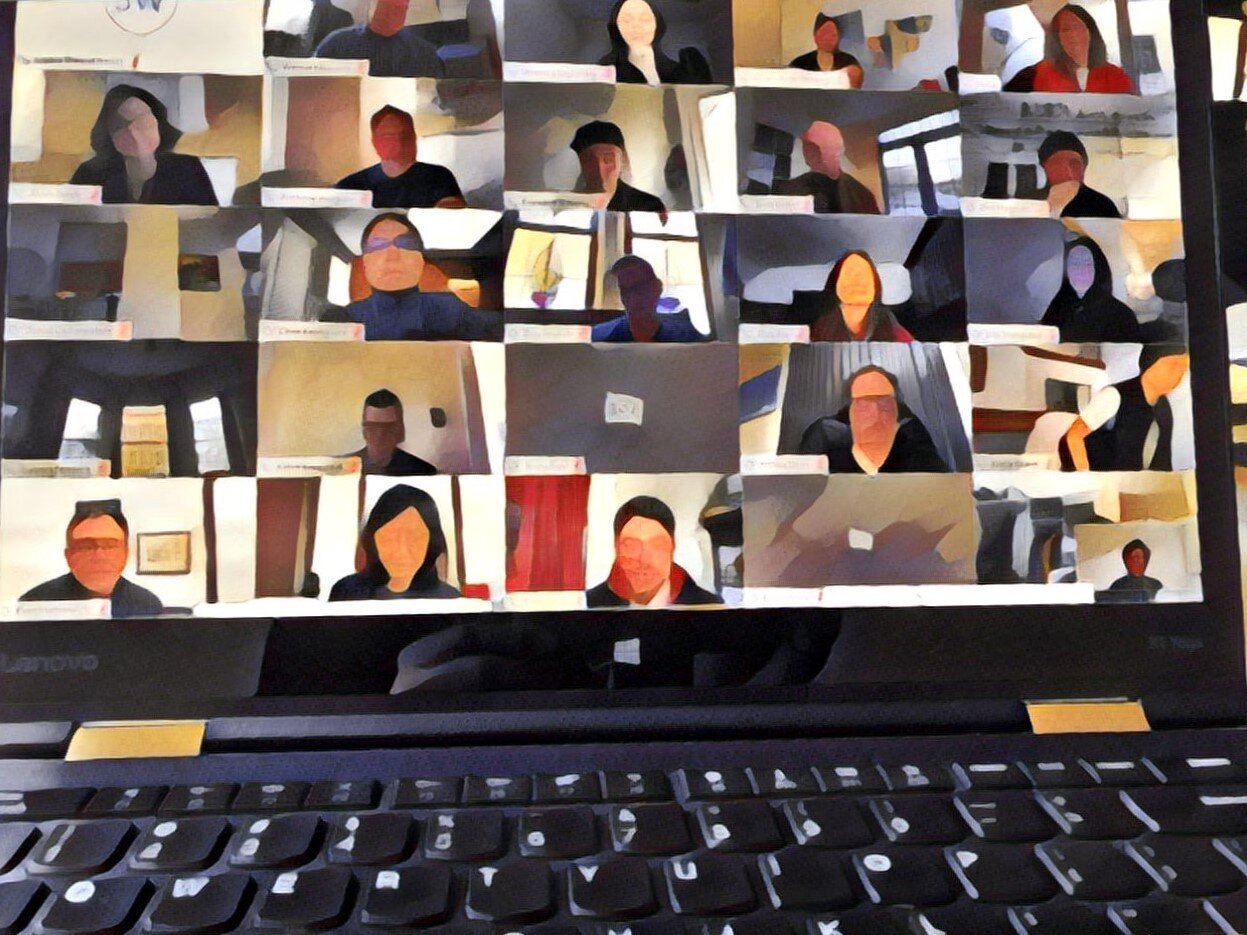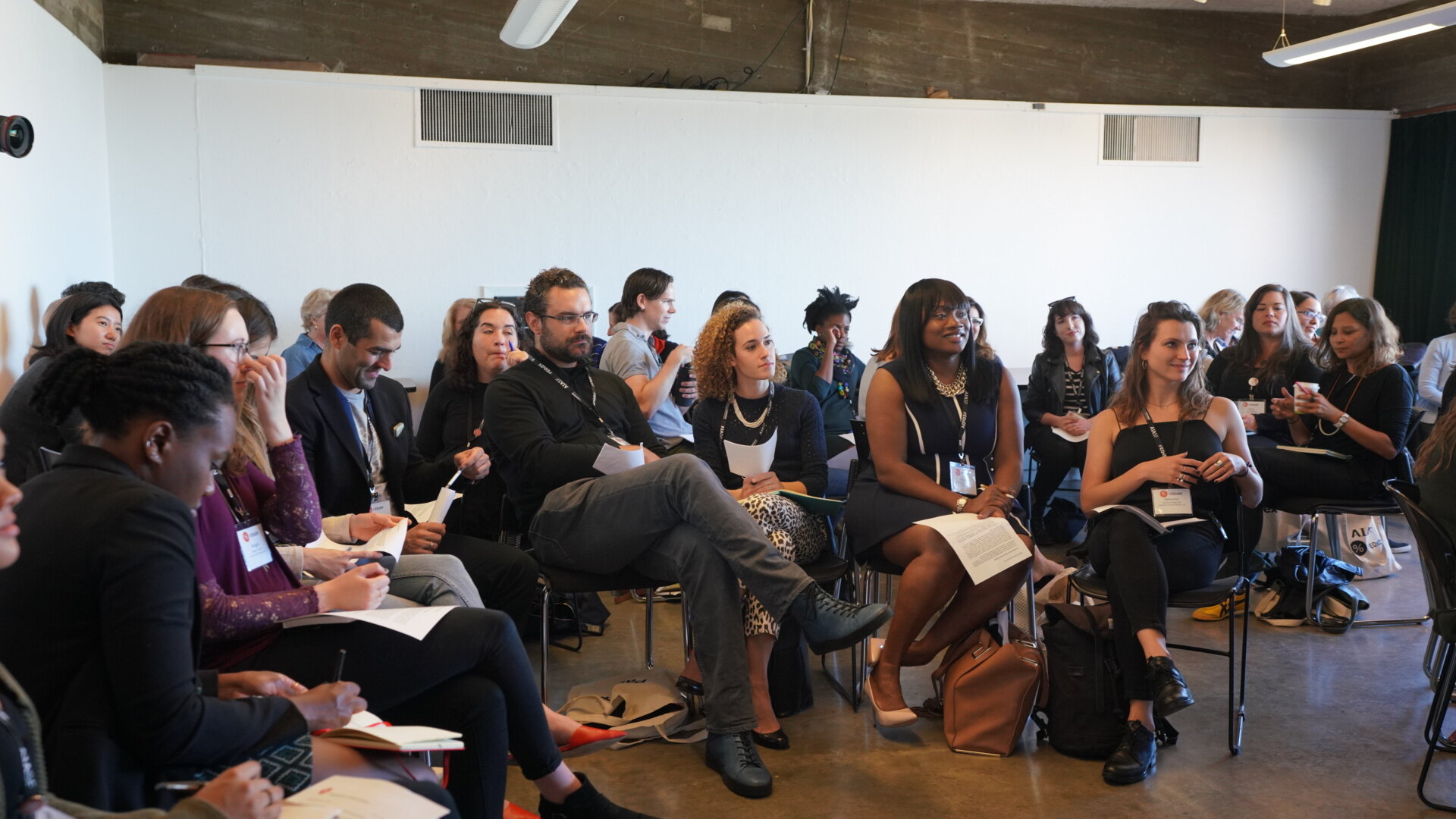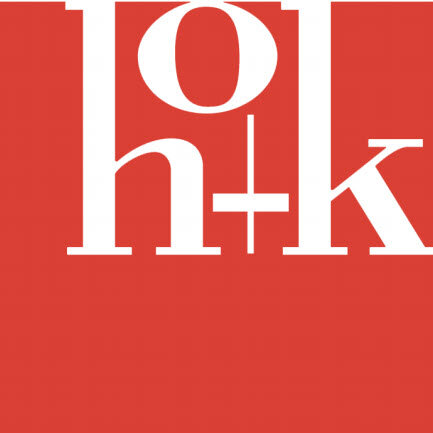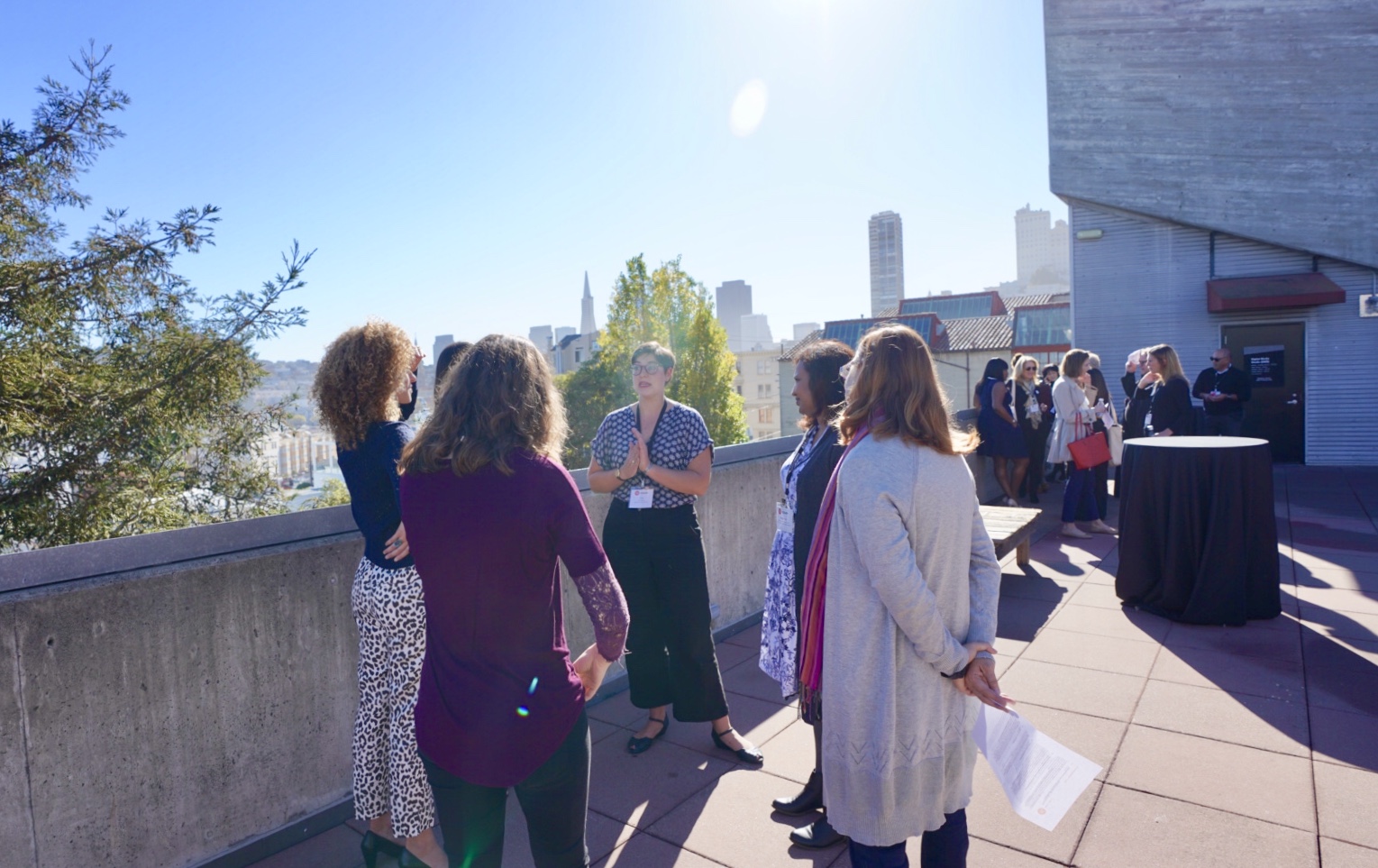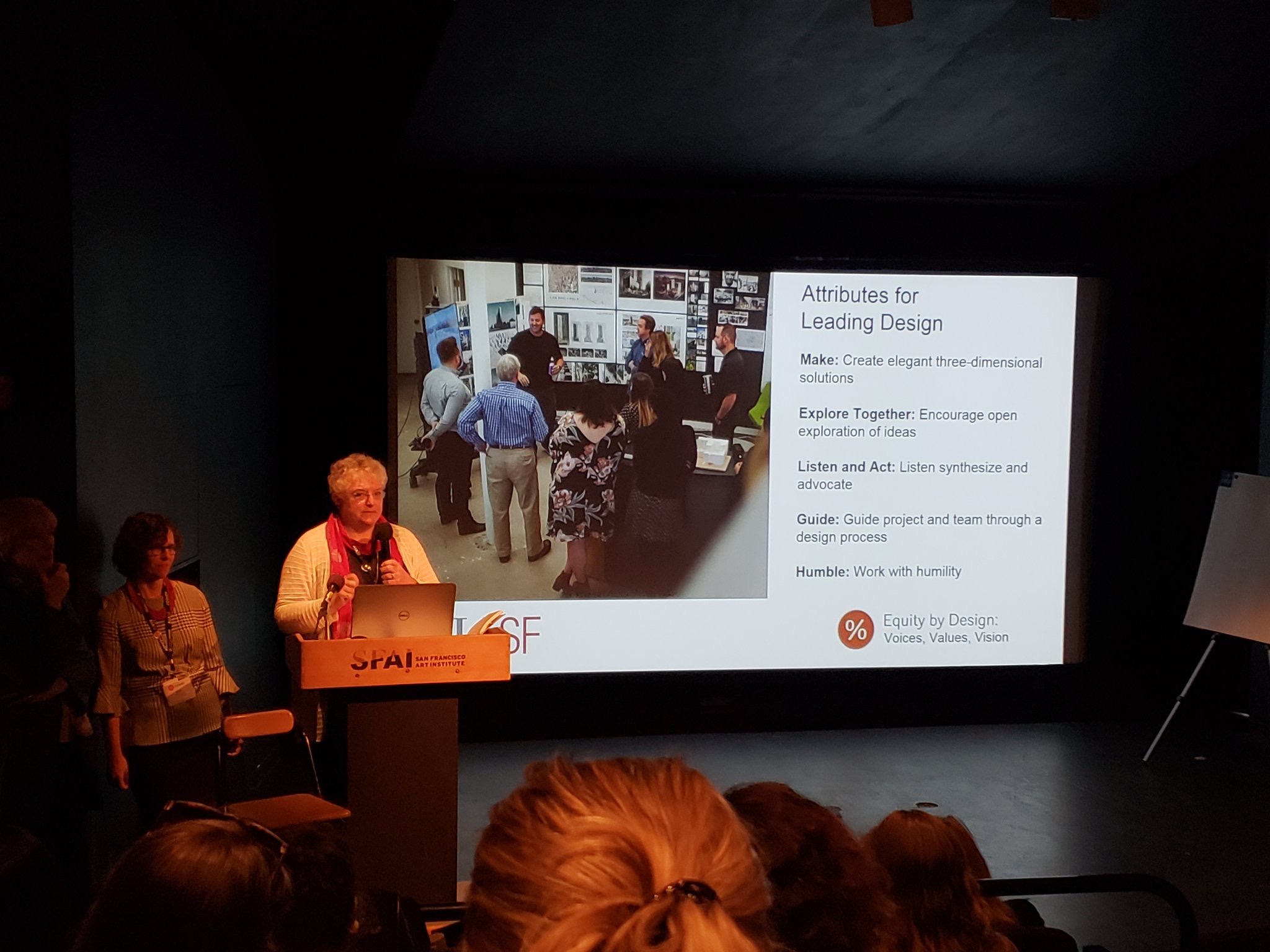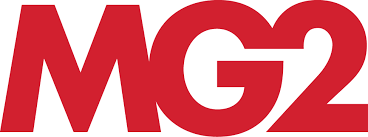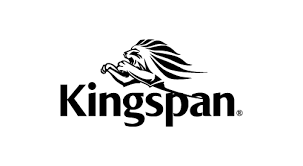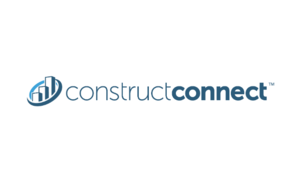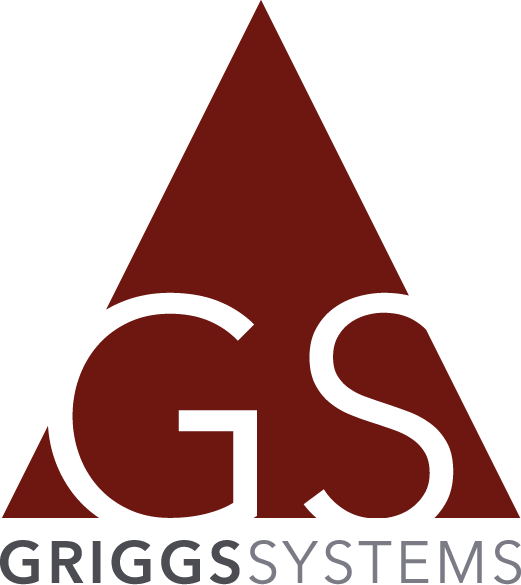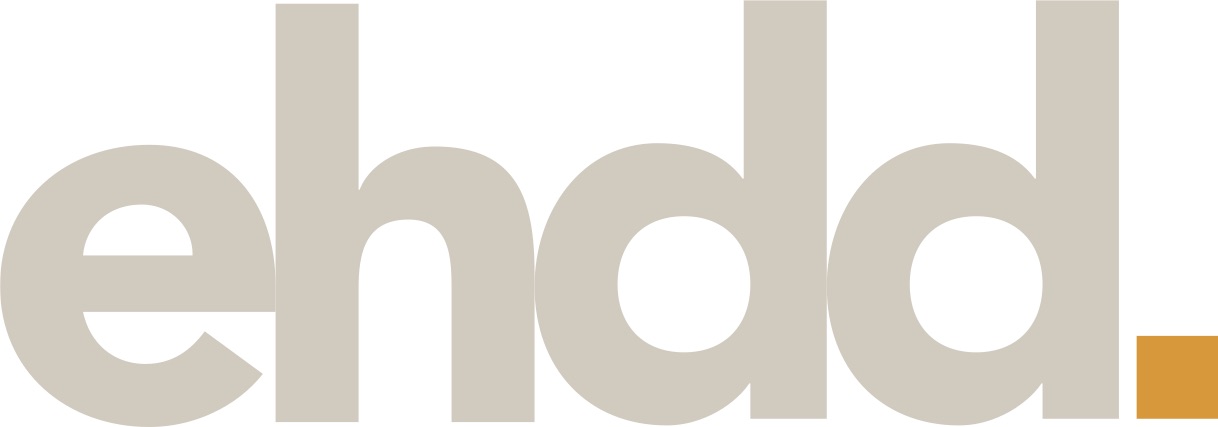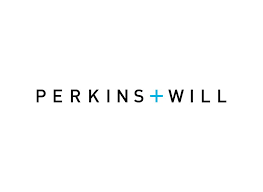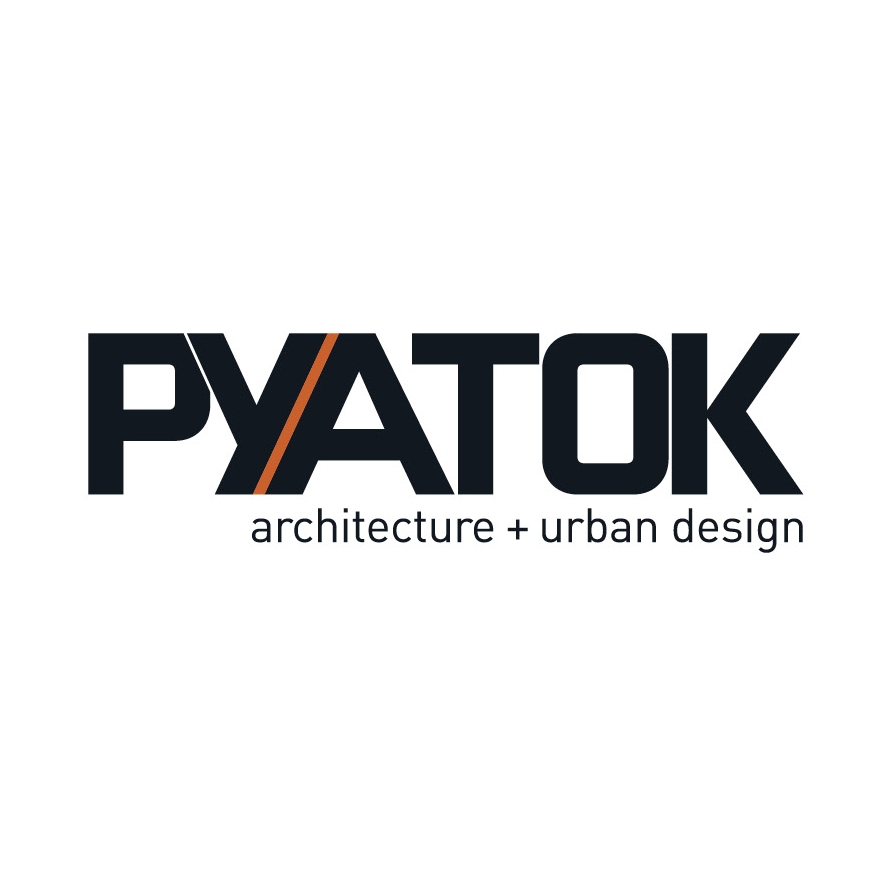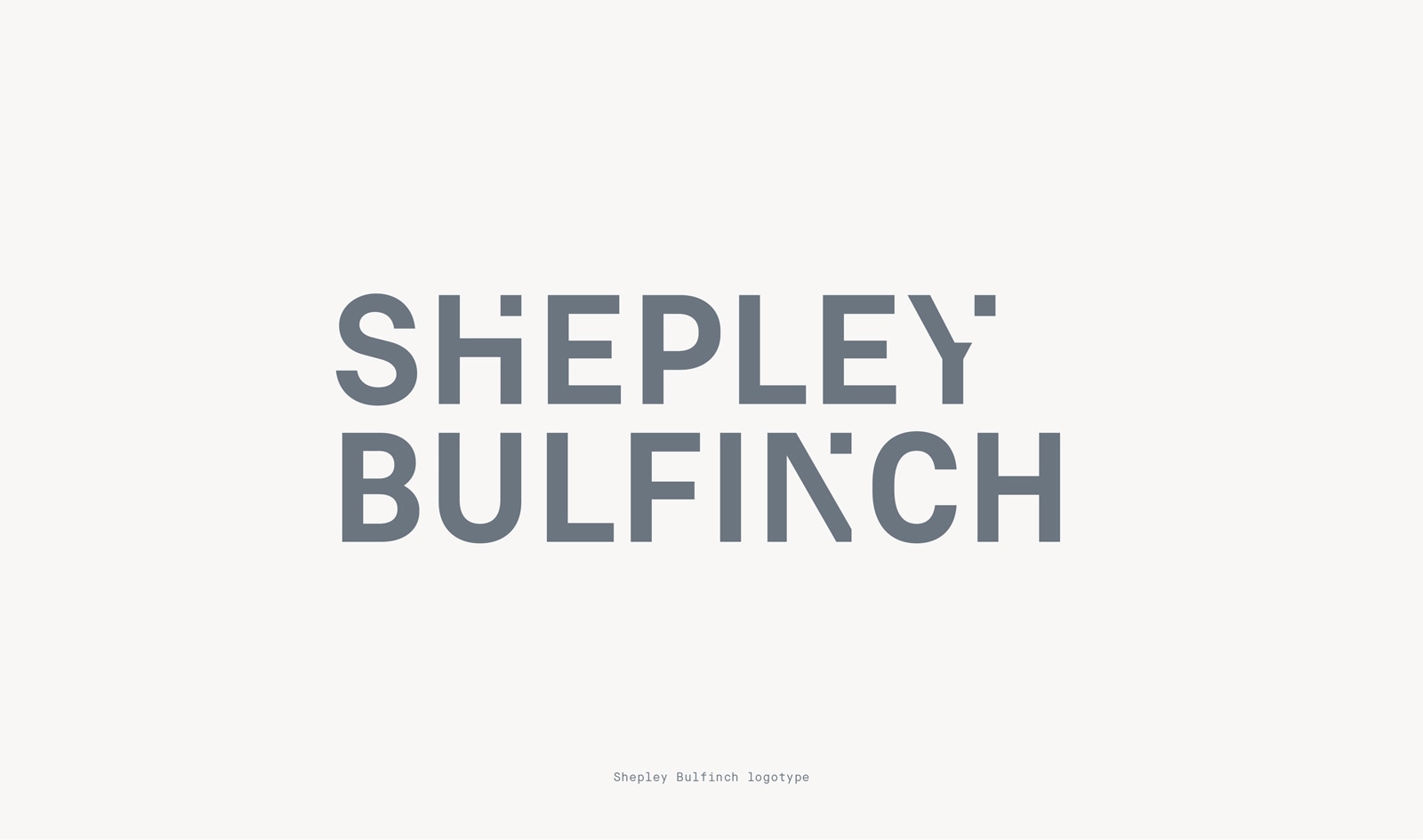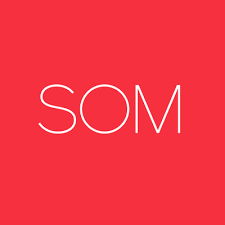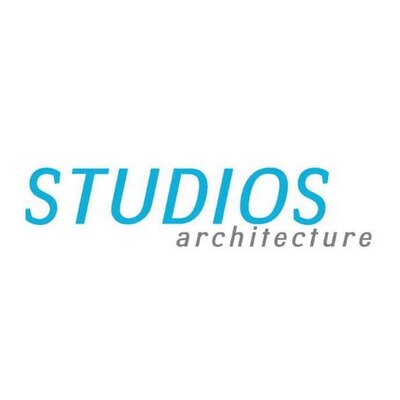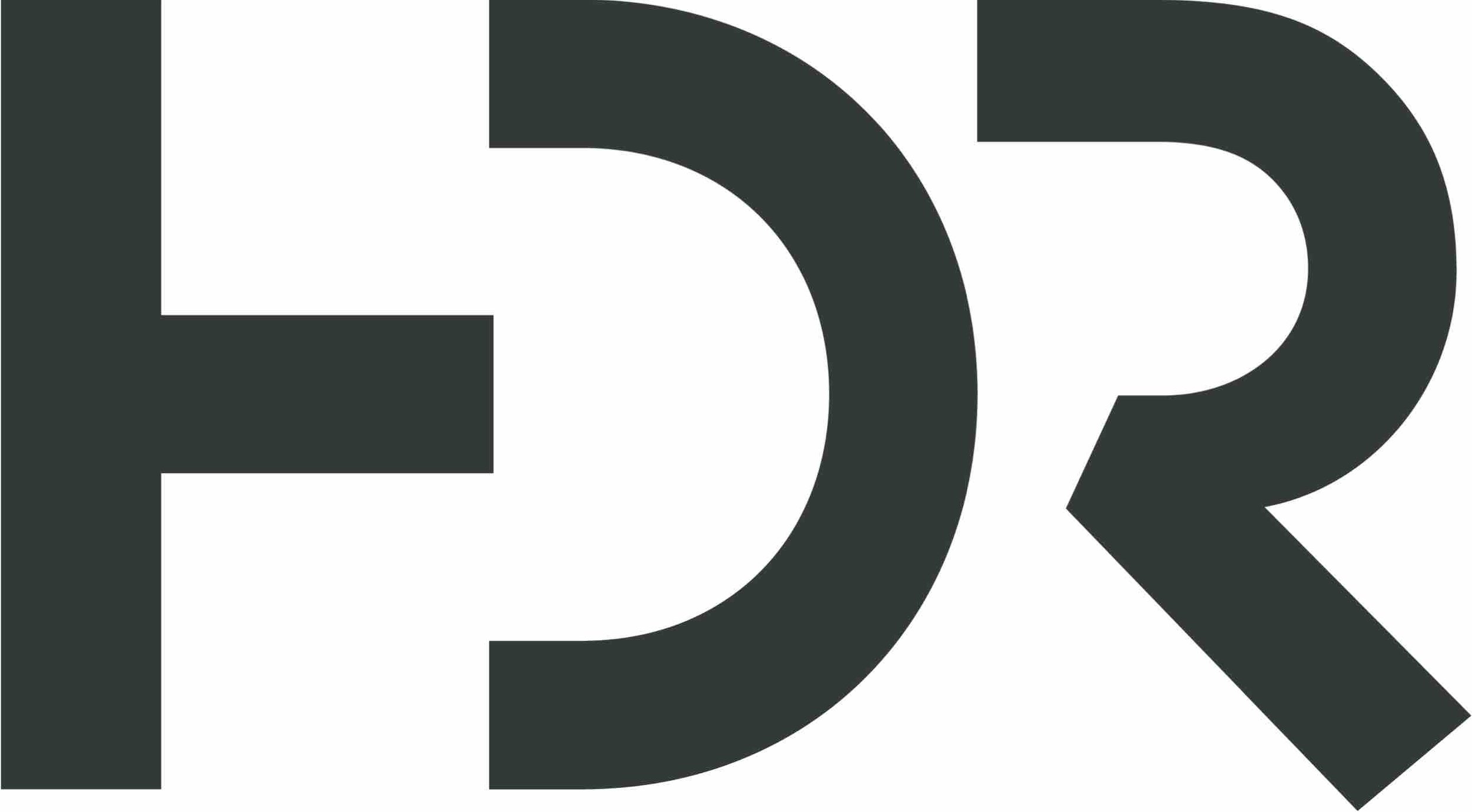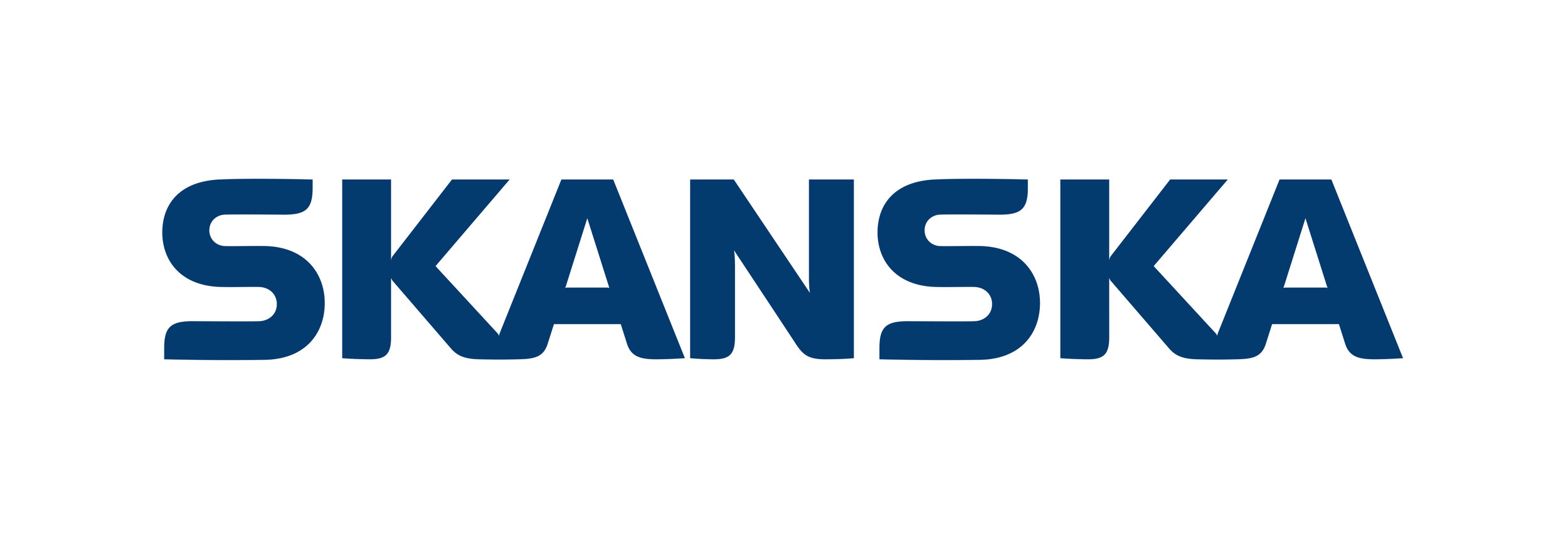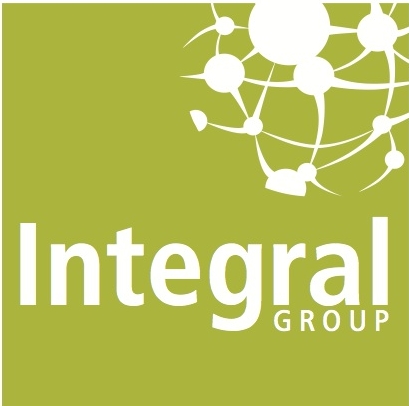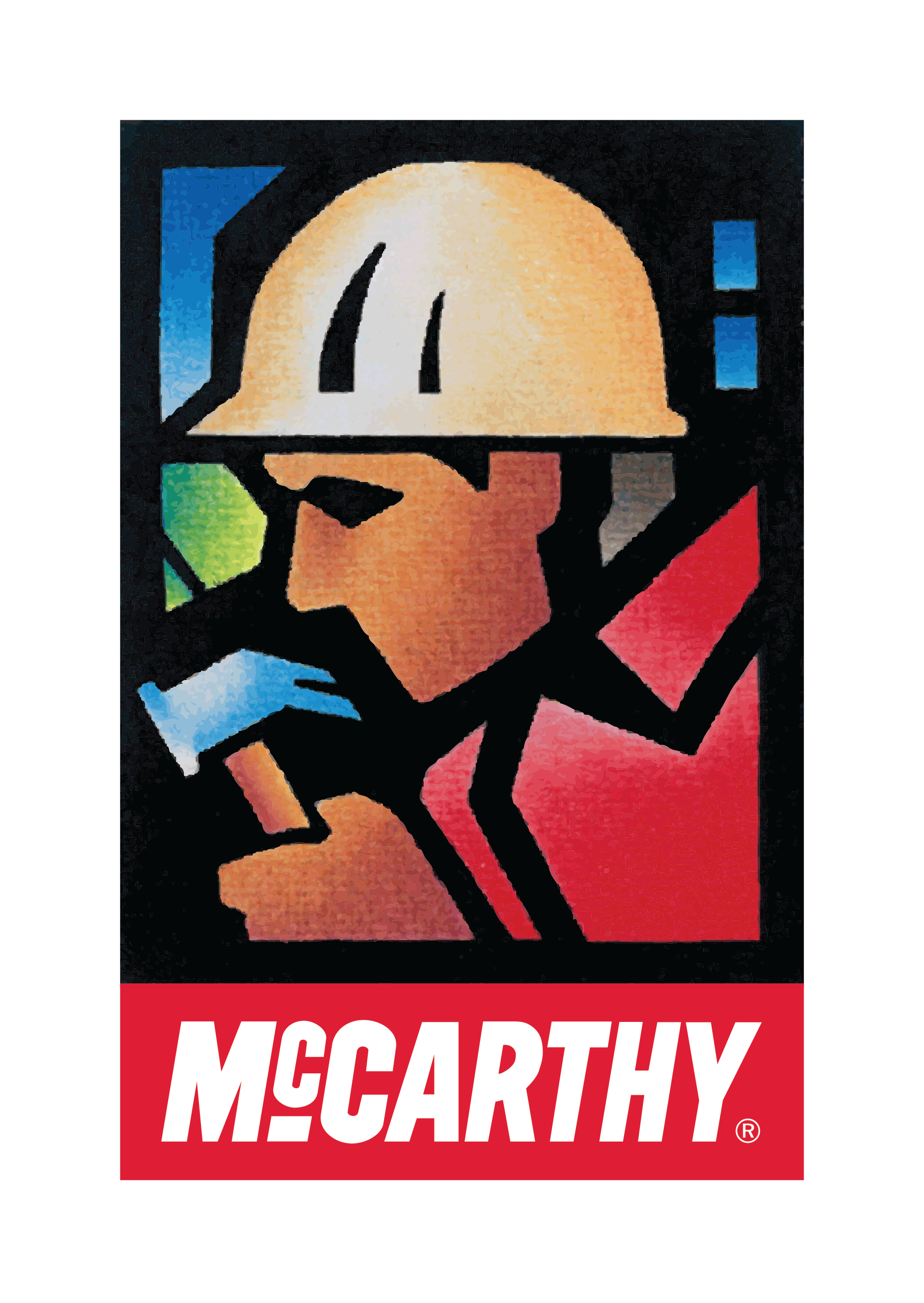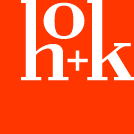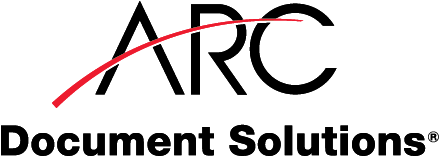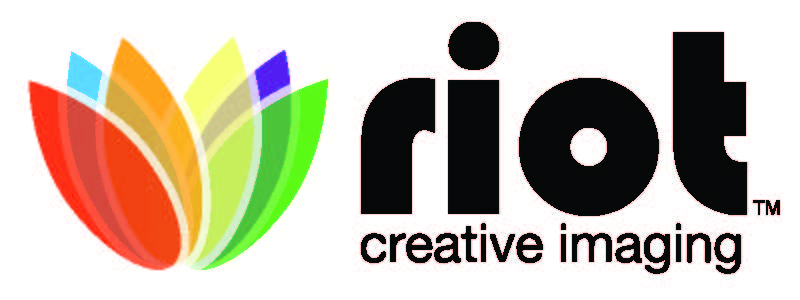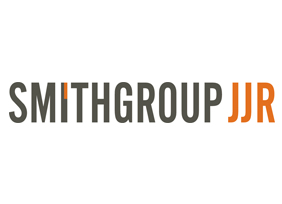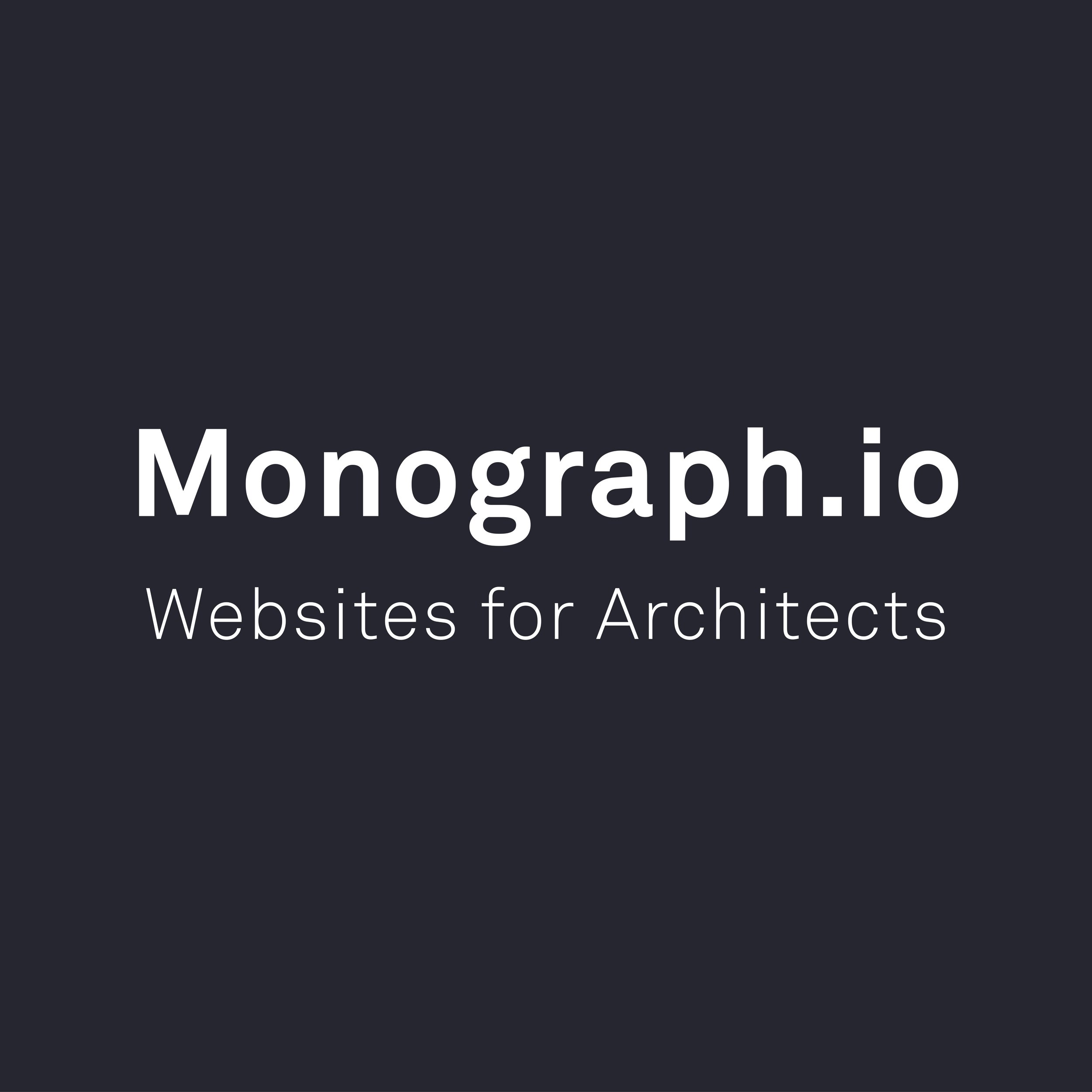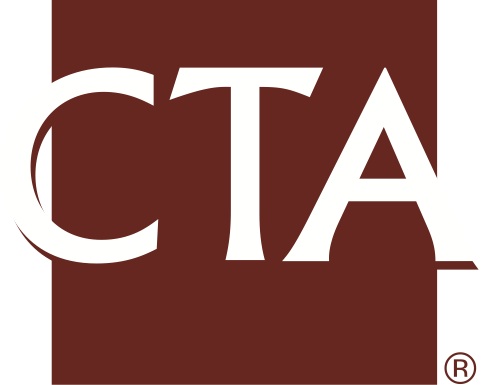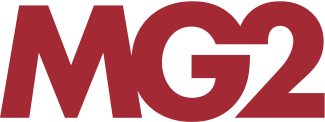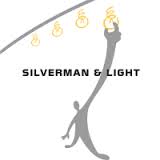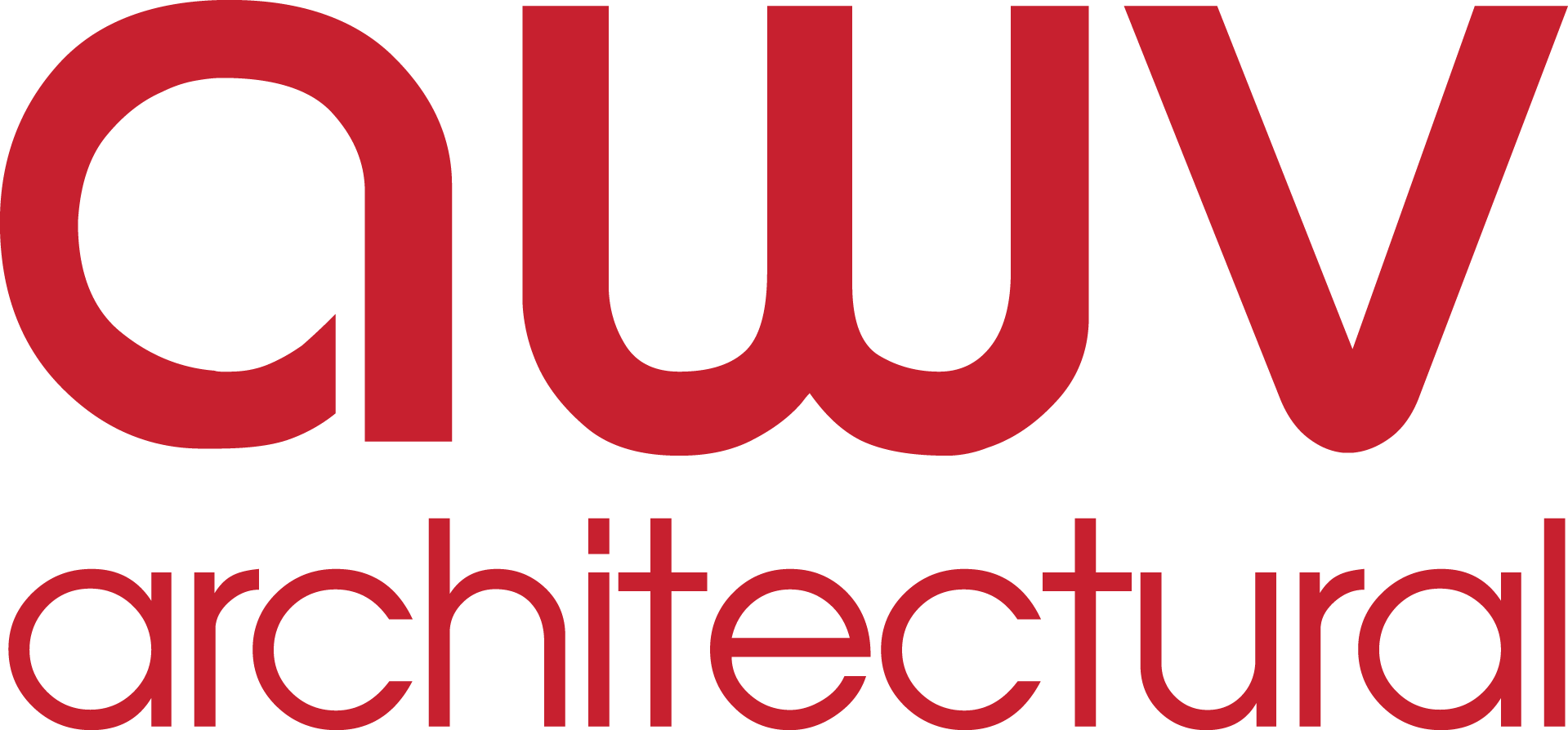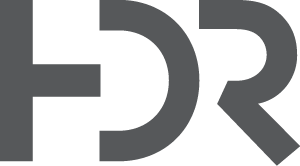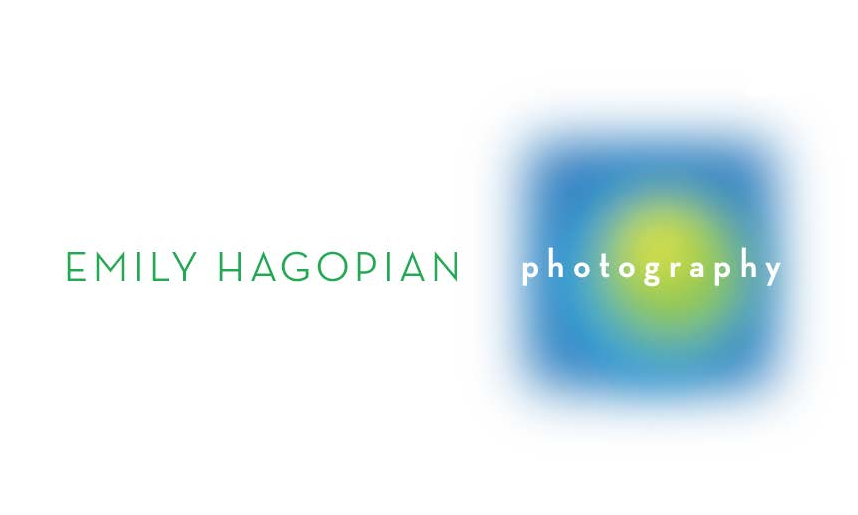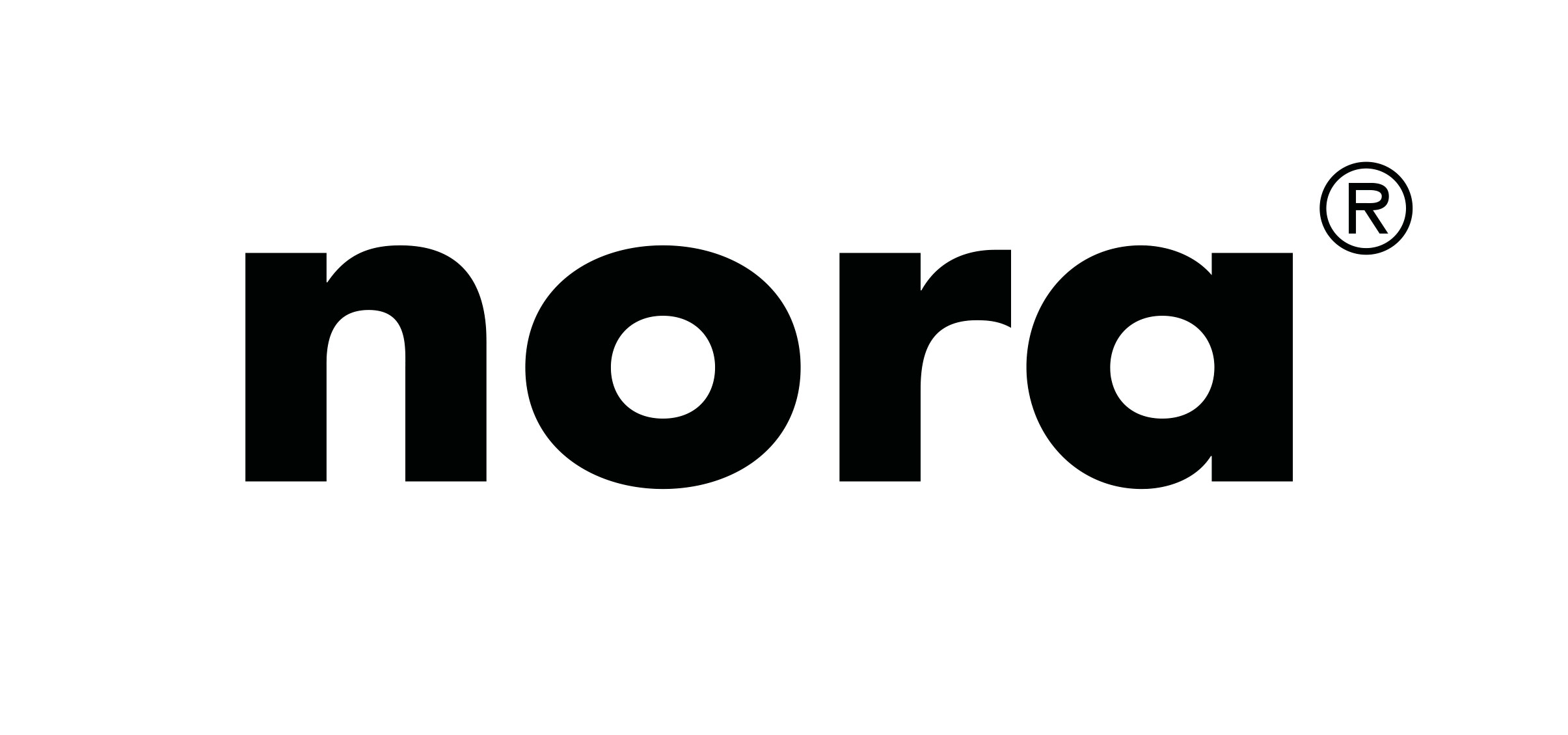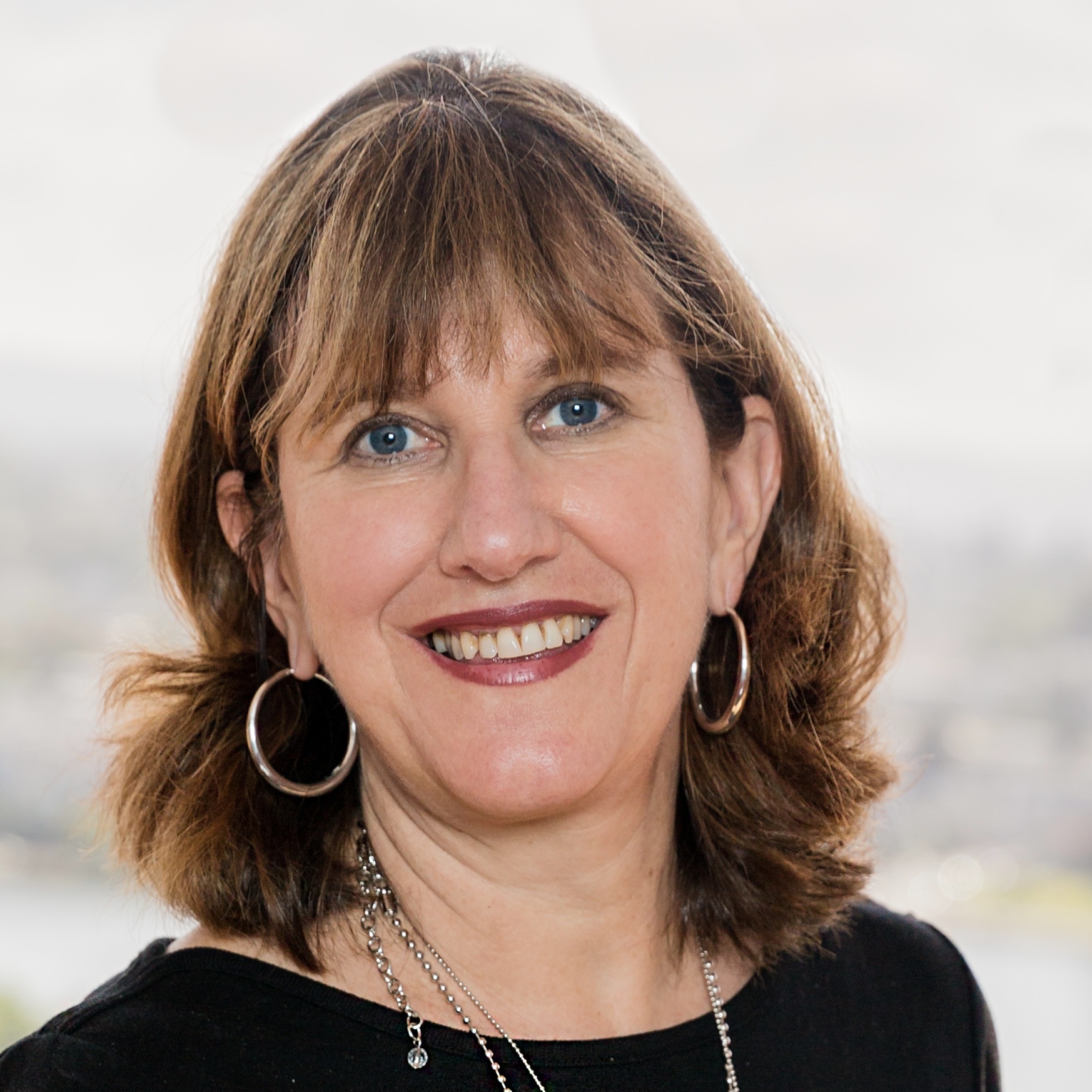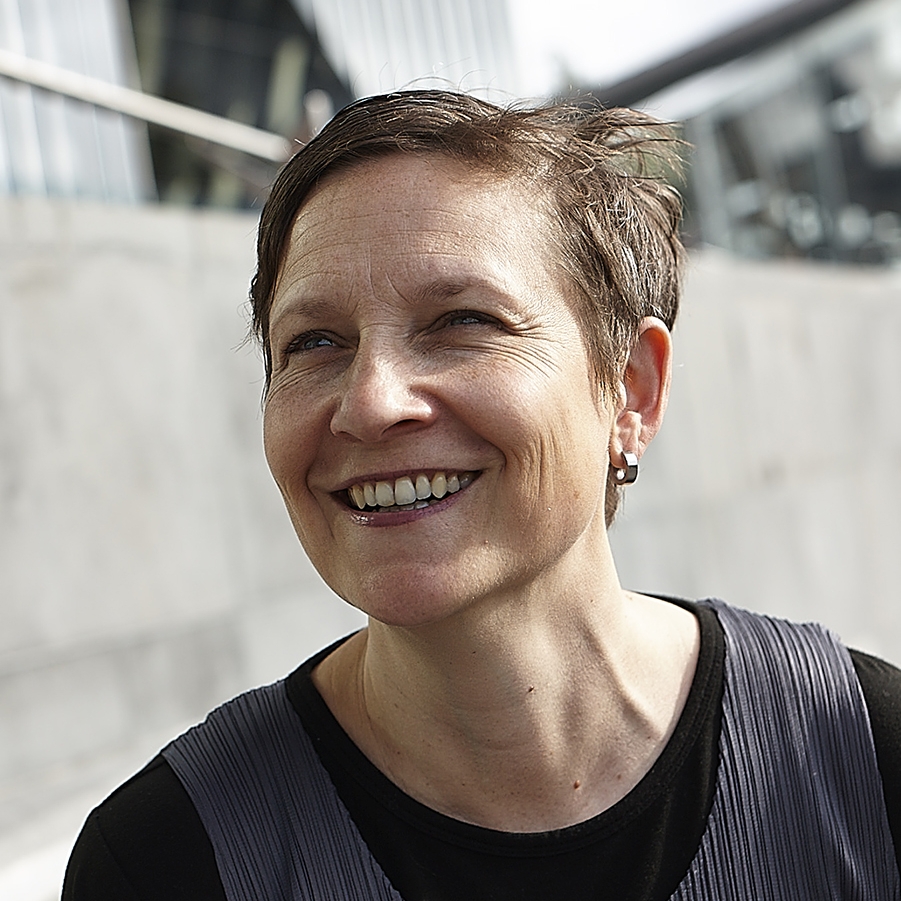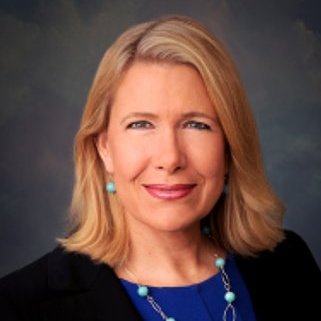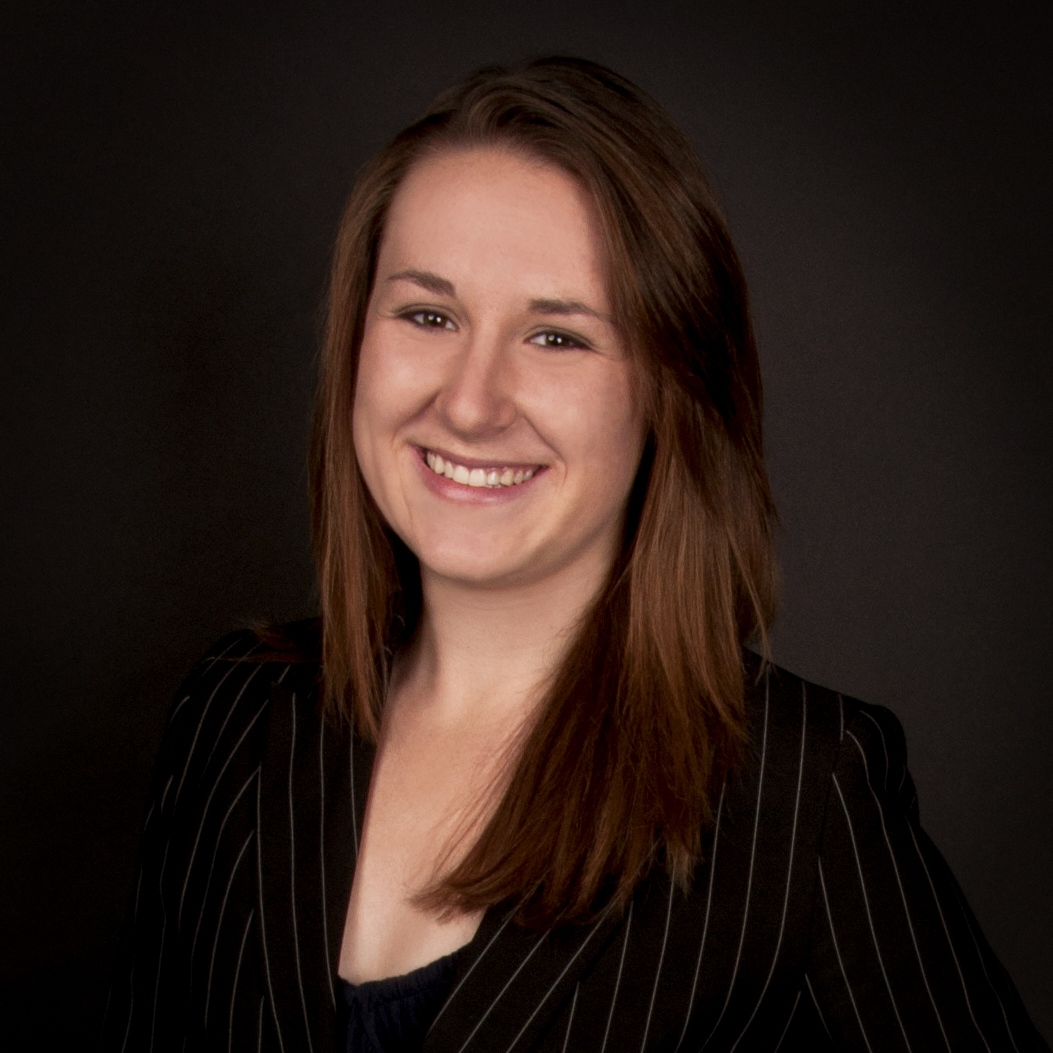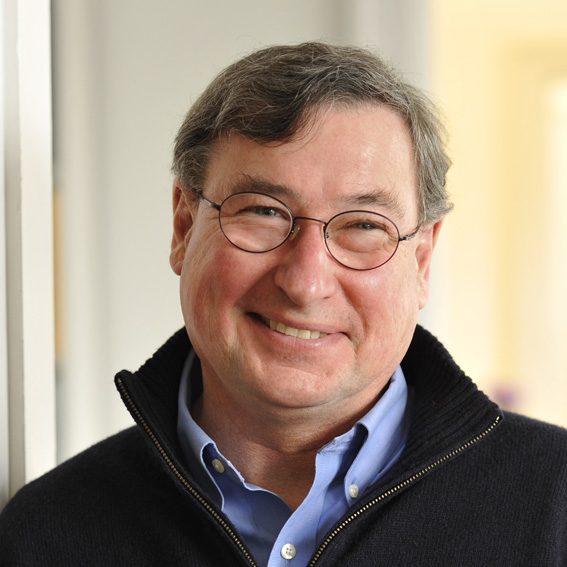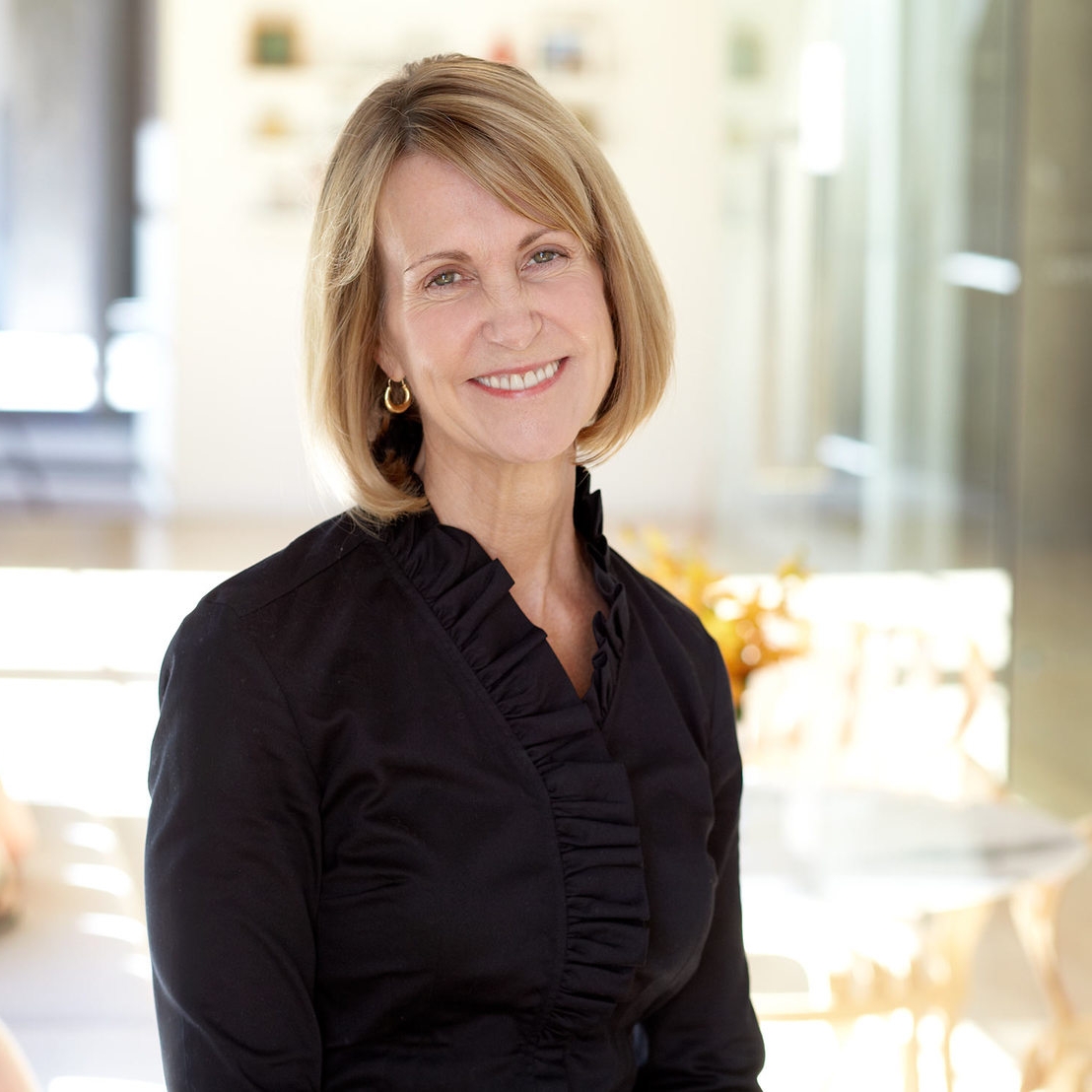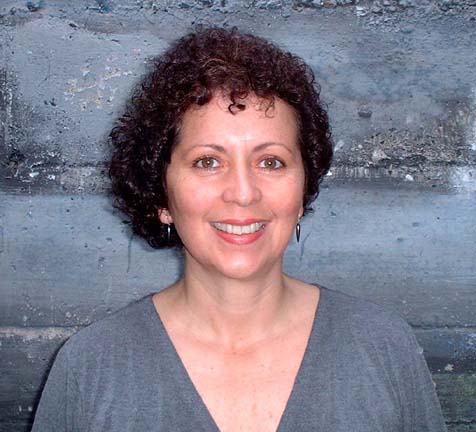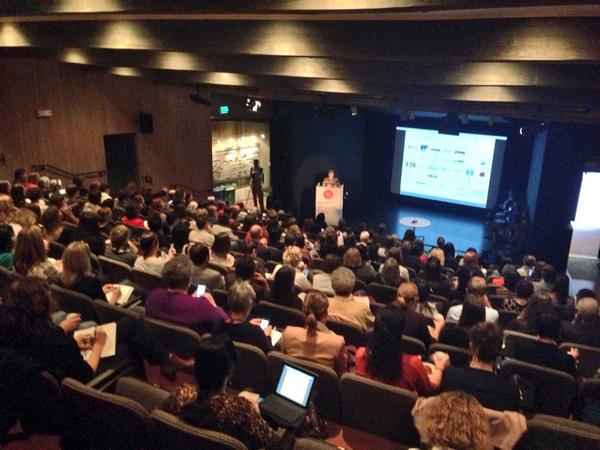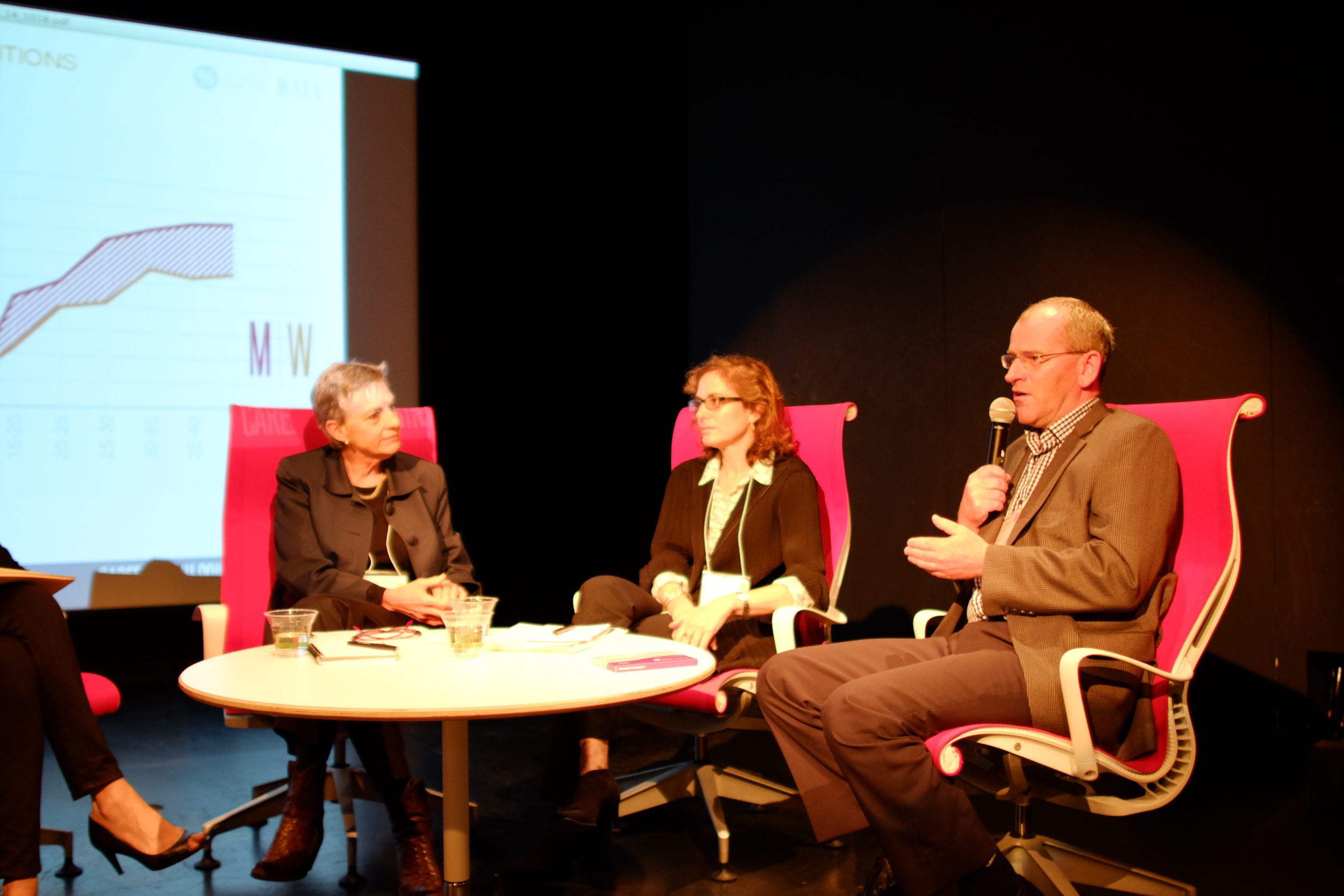Join us for two virtual #EQxD2020 Symposium Planning Workshops to chart our path for 2020!
Monday, April 27th 12-1pm PST or Saturday, May 2nd 2-3pm PST
LAUNCH
The EQxD Core Team began this year excited to explore the evolving connection between just, equitable, diverse, and inclusive architectural practices and processes and an emergent paradigm in our industry that mandates we promote (or prioritize) the well-being of the communities we currently serve, those that have been often overlooked, and the longevity of life on our planet.
In short, we hoped to expand our exploration of justice, equity, diversity, and inclusion at all levels of architectural practice, which allow us to create better architecture and actively shape new systems for a better society and shared future in which we can all thrive . By coming together, we hoped to reconnect and learn from one another to find salient intersections between the ways in which we work and relate to one another and our abilities to make a lasting difference in the world. We looked forward to understanding your challenges while also being inspired by your stories, your work, and your commitment to making positive changes, large and small, in your communities. We still do.
RECALIBRATE
With our daily routines on pause, and perhaps irrevocably altered, each of us have experienced the imperative to reflect on what’s most important, to let go of the things that aren’t, and to foster (virtual!) communities that will enable us to be more effective leaders in an evolving context.
We also acknowledge that, while our values are unchanged, the current climate has likely caused shifts in what deserves our attention at this particular moment. With this in mind, we would like to come together somewhat sooner than expected to explore our shared agenda and key themes for the #EQxD2020 Symposium (scheduled for November 6-7, 2020). The goal is to work together to build an event that rejuvenates and inspires each of us to continue to have meaning and influence in our practice.
FOCUS
What makes us feel authentic? What makes us whole?
What drives each of us personally and professionally in this extraordinary moment? What are our responsibilities to our families, our colleagues, and our communities?
How will this renewed sense of purpose and urgency shape our collective agenda moving forward?
What can we learn from one another and colleagues in allied industries now to ensure that we’re better prepared to champion justice, equity, diversity, and inclusion?
How might our time together at the symposium be leveraged to promote lasting, positive changes in ourselves, our families, our communities, our workplace, and our industry?
What topics are most critical and/or essential to this dialogue?
DIALOGUE
Please join us to collectively Chart Our Path for 2020. We will be holding two workshops that will explore what guides us as individuals and as a community, as well as to identify the most important issues to address and focus on when we come together later this year . Please use the form linked below to indicate your interest and availability.
These are extraordinary times. We welcome your participation in planning the next phase of Equity by Design’s work to promote the J.E.D.I. agenda!
We look forward to collaborating with you.
EQxD Core Team
